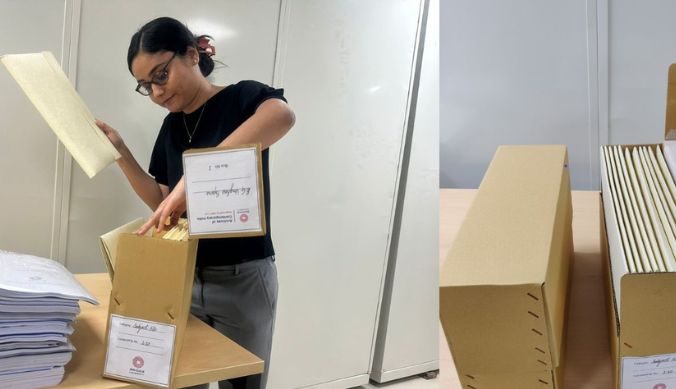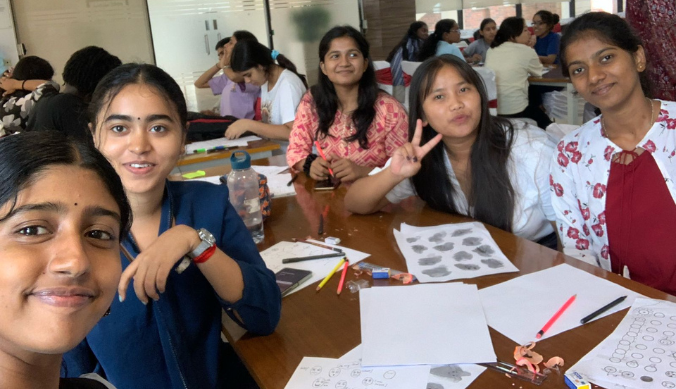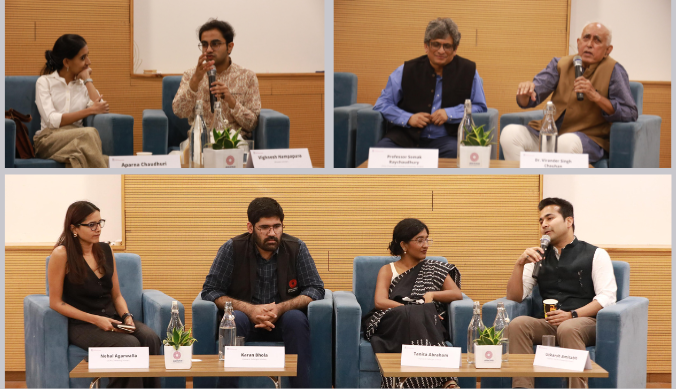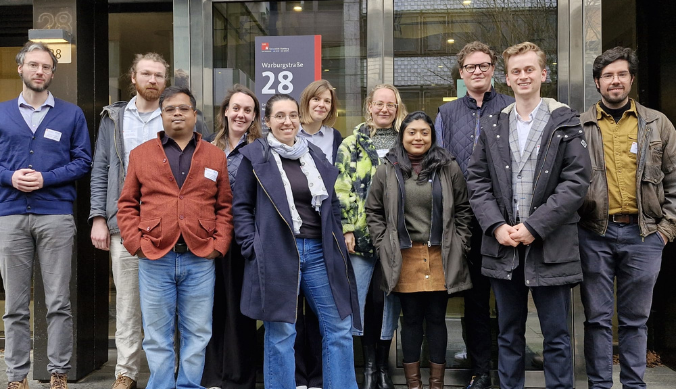Navigating the Archives
Shivani Bajpai discusses what finding aids are, their purpose and significance, and more importantly, their function in the Archives of Contemporary India

Shivani Bajpai
18 May, 2023 | 4m readThe Archives of Contemporary India (ACI) at Ashoka University endeavours to preserve archival records of enduring value. Apart from preservation, it is entrusted with the task of making available these records for the users of archives. Providing access to records is a major task of any archive and finding aids are the most important tools to facilitate this particular function in the archive. This article will discuss what finding aids are, their purpose and significance, and more importantly, their function in the Archives of Contemporary India. What are their elements or components? How do they enhance the searchability and findability of records?
Finding aids are documents written by archivists to describe the collections in their archival holdings and are a valuable key in providing access to primary sources in an archive. Finding aids answer multiple questions such as: What is inside a repository? What is in the collection? What are the principles of their arrangement? What is the context of the documents in the collections? Finding aids, also known as reference media, are of two types— macro-finding aids and micro-finding aids. Macro-finding aids give a holistic view of the totality of the holdings or records, for instance, archival guides and handbooks, while micro-finding aids provide more granular details going down to the contents of each folder/file of the collection. These could be catalogues, indexes, subject lists, checklists, etc.

At the Archives of Contemporary India, our finding aids include both macro and micro-finding aids. The ‘list of collections-a-z’ and the ‘collections overview’ on the website are macro-finding aids that provide basic information about the individual and institutional papers housed at ACI. The descriptive ‘catalogues’ and the ‘metadata’ are the micro-finding aids that researchers can use to navigate the collection and find the documents/audio/photos most likely to be useful for their research. The list of collections and catalogues are also available in the reading room of the Archives.
The catalogues prepared at ACI, as a micro-finding aid, have four elements: historical or biographical notes, content description, arrangement and detailed description of documents in the collection. The index of the catalogue gives a summary of the contents in the collection, including types of materials such as correspondence, articles, manuscripts, photographs, reports, printed material etc. Thematic aggregations of folders are brought together and grouped and sub-grouped according to the variety and quantity of documents contained in the collection.
The process entails careful reading of each file and writing concise and succinct abstracts for each one followed by their chronological arrangement, date range and unique file number which makes it both traceable and retrievable. The biggest challenge for archivists is to know what the users will find useful. We make decisions regarding exclusions and inclusions in a finding aid. This is premised on our judgement as information professionals.
With the intention of bridging the gap between physical records and their access in a digital era, the ACI website was launched last September. Digital records must be accompanied by metadata at the backend, for which catalogues supply more than half of the information and the rest has to come through keywords that are carefully identified and crafted for each file in the collection. However, we strive to work on our understanding of the usability and user experience of finding aids online. We are continuously learning from users and working towards enhancing the navigability of the archives.
Archivists have twin aims when it comes to preparing a finding aid – good order and ready availability. With this aim in mind, we as archivists are committed to preparing finding aids that are like signposts for users of archives, pointing them in the direction of their research and finding material of interest.
The finding aids developed by us are available on the website and can be accessed here.
(Shivani Bajpai is an Archives Project Associate at the Archives of Contemporary India)
Study at Ashoka













